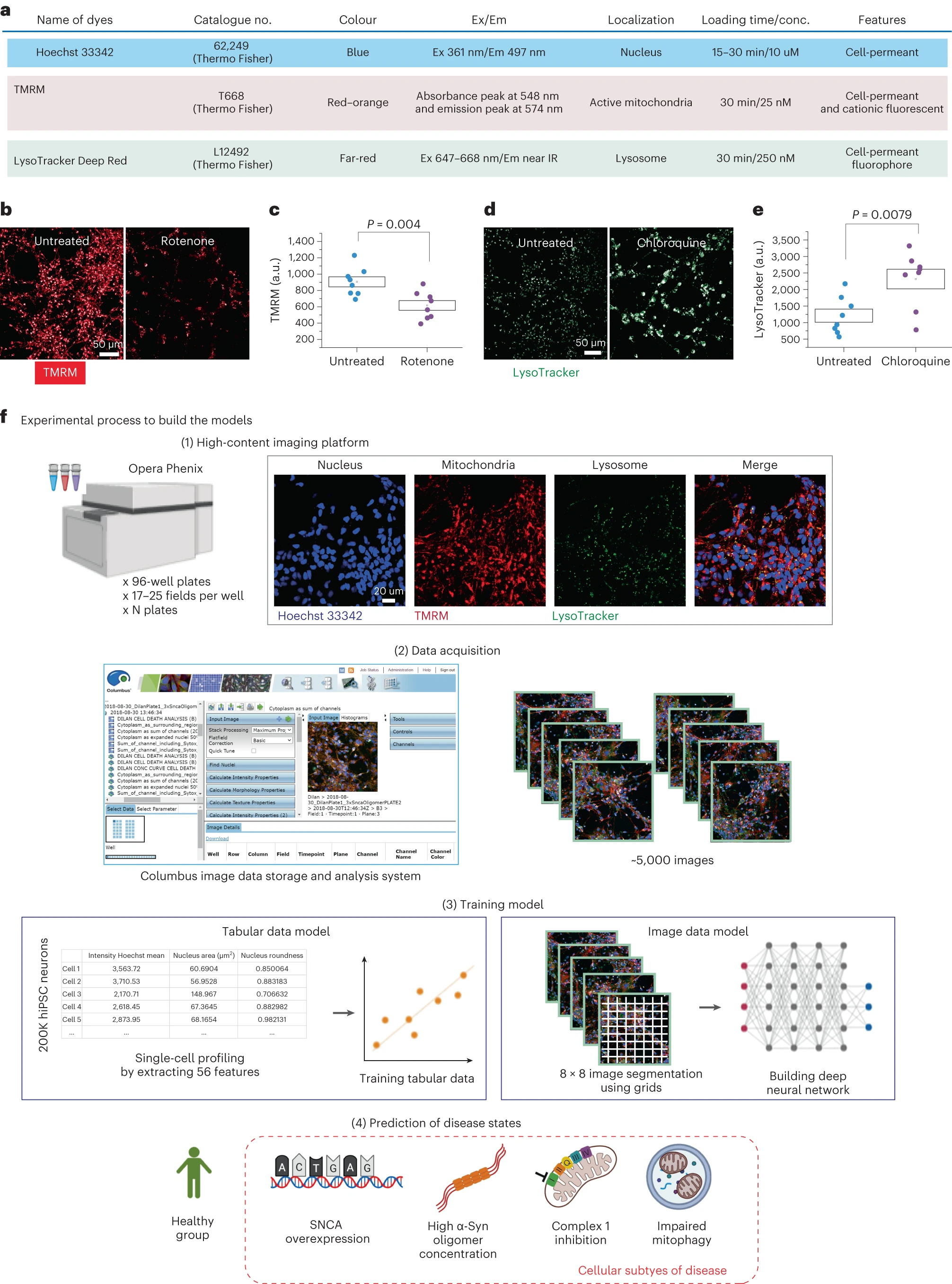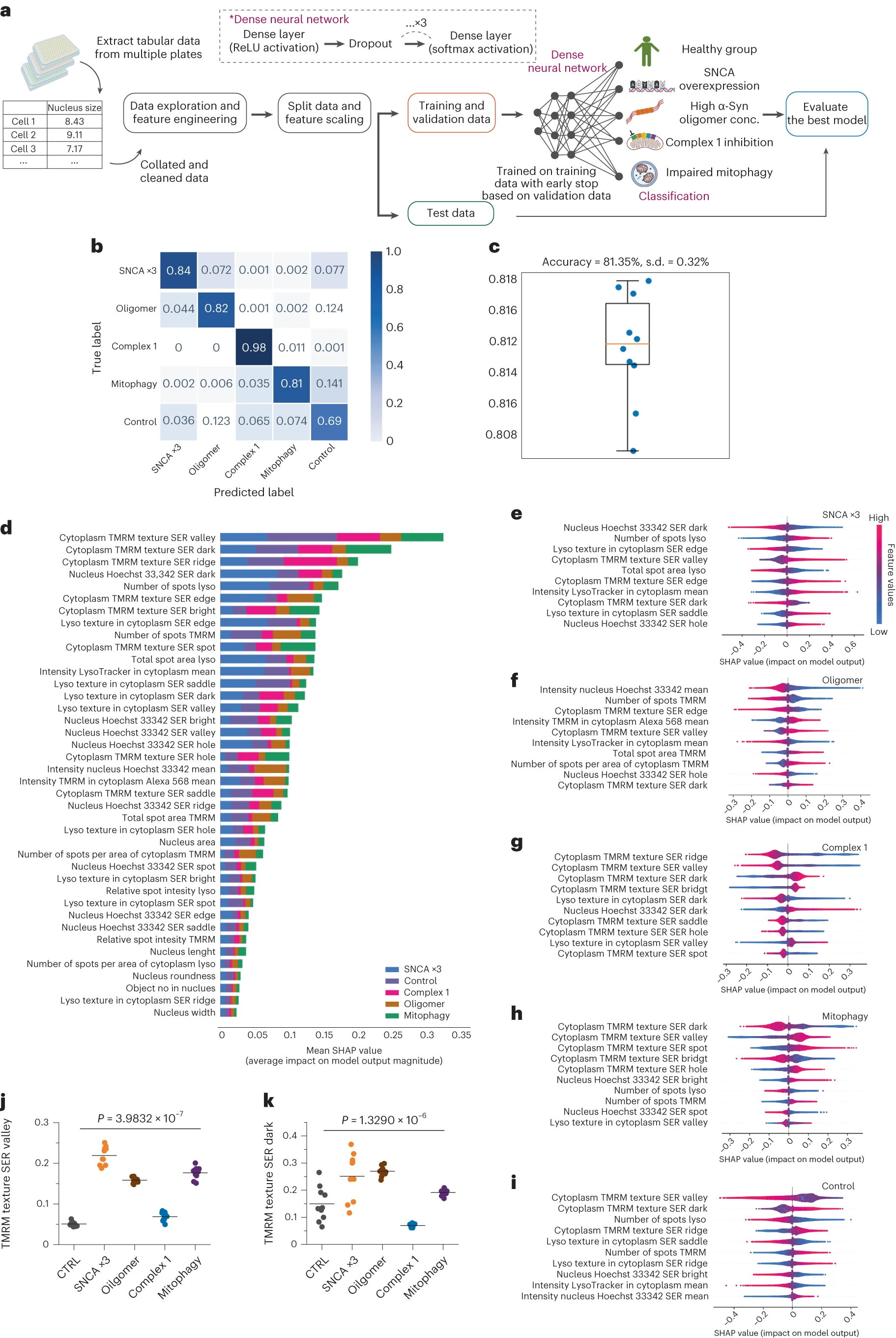New Keys to the Deadlock of Human Brain Disorders
The K
Our objective is to develop a bespoke therapeutic platform to address three major challenges associated with human brain diseases.
- The distinctive complexity inherent in the human brain
- The clinical variability presented on an individual level
- The predominantly unknown etiological factors of the human brain diseases
Our therapeutic platform is underpinned by four pivotal technological advances.
| Patient-induced pluripotent stem cell (iPSC), | facilitating the implementation of the ‘Disease in a dish’ model. This approach is instrumental in profiling an individual’s brain cells and elucidating the specific mechanisms driving their disease. | |||
| Brain organoid, | often described as “Mini-brain”, a powerful tool in neuroscience, offering a unique window into the human brain’s complexities, diseases, and potential treatments. | |||
| High-resolution live cell imaging, | a technique used in cell biology to study living cells using time-lapse microscopy. This technology allows scientists to observe the dynamic processes and behavior of cells in real-time, providing valuable insights into cellular function, morphology, and interactions. | |||
| Artificial intelligence (AI), | harnessed to discern and comprehend the heterogeneity of these diseases, thereby contributing to the development of a predictive model individualized for each patient. | |||



![[BBC] Animal brains vs. human brains - let the Battle of the Brains commence!](/images/home/bbc.jpg)
![[The Lancet] Report finds no common cause for mystery brain disease.](/images/home/lancet.jpg)
![[WHO] There is no cure for Parkinson's disease, but therapies including medicines, surgery and rehabilitation can reduce symptoms.](/images/home/who.jpg)